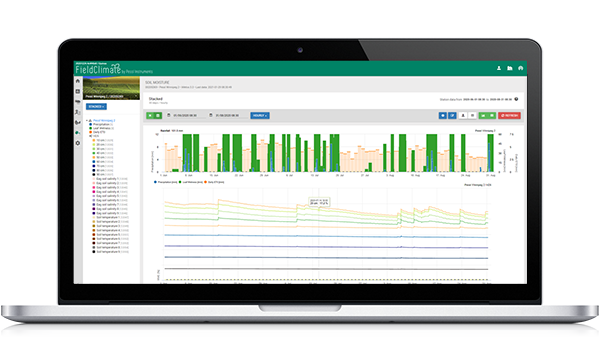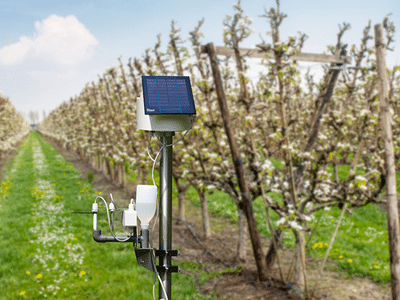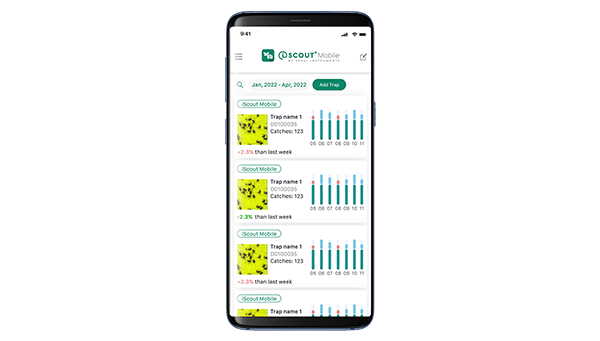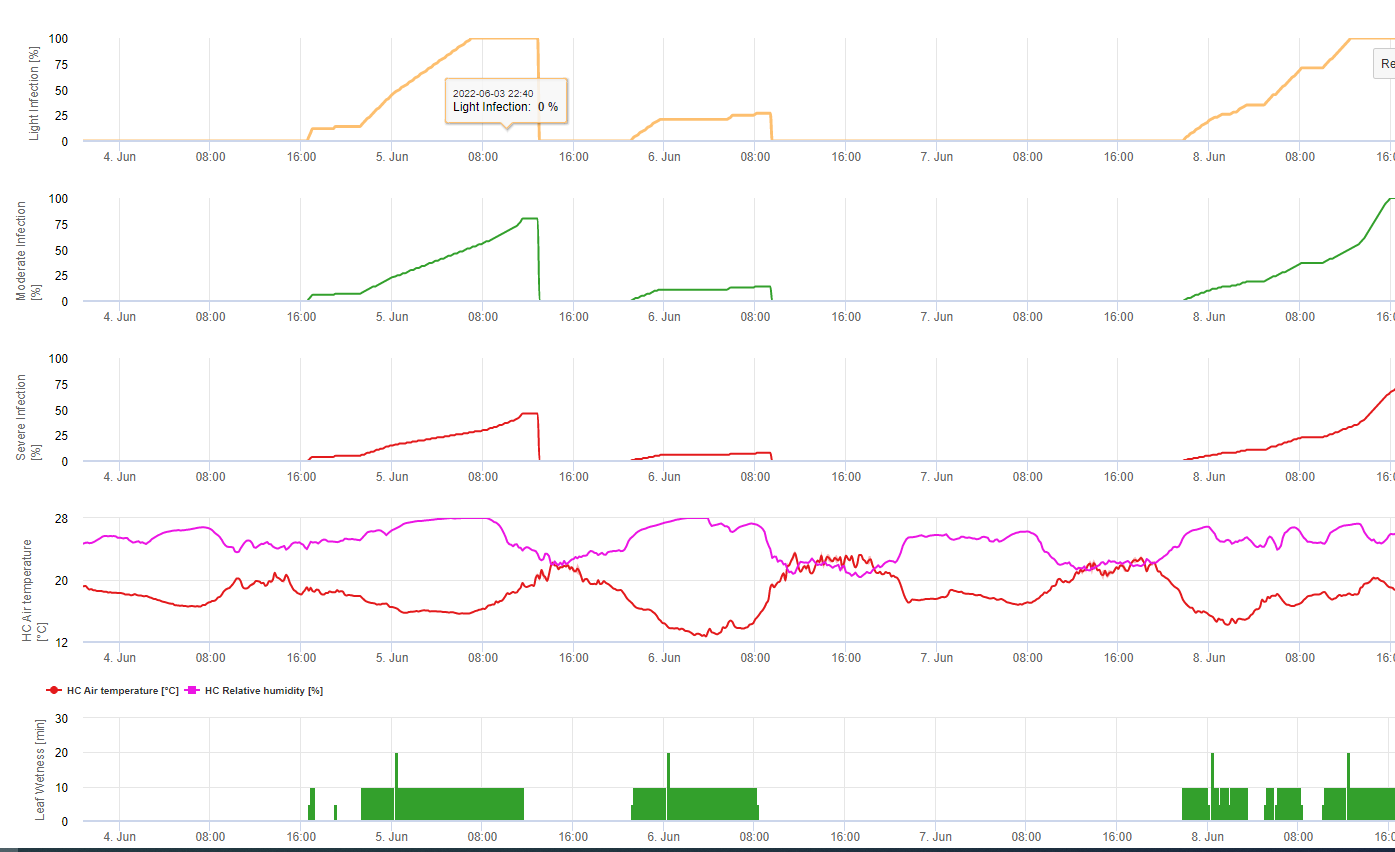

Avocado disease models
Avocado Bacterial Disease
Symptoms
Bacterial cankers appear as lightly sunken, dark areas on the bark and vary in size from about 1 to 4 inches in diameter. Bark around cankers may crack. Fluid often oozes and dries, leaving a white powder around or over the lesion. Usually, cankers appear and spread upward in a line on one side of the trunk or branch. Under the surface reveals a decayed, reddish brown necrotic pocket, which may contain liquid. Dark streaks in the wood radiate out both above and below the lesions. These necrotic streaks are usually in the bark cortex or xylem, but sometimes extend deeper into the center of branches or trunks. Often the disease will become inactive and canker wounds will close, except that a bark flap over the wound will remain.
Severely affected trees may have pale, sparse foliage and low yields on one branch or on the entire tree, but this is rare. Sometimes newly planted trees become stunted with many lesions; new branches may grow from buds below the affected part.
Source: UC. Pest Management Guidelines
Biology
Xanthomonas arboricola is a aerobic, gram-negative bacterium.
The bacterium overwinters in the intercellular spaces of the cortex, phloem and xylem parenchyma of the peach tree. On plum and apricot summer cankers are formed in one season, which develops the following spring and provides a source of inoculum. Also, plum buds and fallen leaves are an overwintering source of bacterial disease.
In springtime the bacteria start to multiply and cause the epidermis to rupture- lesions are visible and are called spring canker. Inoculum from these cankers is disseminated by rain and wind and infects healthy plant tissues via stomata. On these leaves, lesions are developing, which exude bacteria and are called secondary infections.
Summer cankers develop in the green tissue of the shoot, but are sealed off by a periderm layer and dry out during summertime, which reduces the viability of the bacteria- therefore summer cankers in plum and peach are not of great importance as overwintering sites or initial infections the following season. In general, it is the late infections of shoots, occurring during rains just and during leaf fall in autumn which constitute the primary inoculum source for the following spring.
Modelling Xanthomonas arboricola
Sensors: Air Temperature, Relative Humidity, Leafwetness and Precipitation
In FieldClimate we have three models of X. arboricola, depending on the development stage of the plant/infection of different plant material (blossom, leaf and fruit infection) and a propagation model.
The bacterial disease is favored by warm, moderate seasons with temperatures of 10-28°C, light and frequently rainfalls with heavy winds and dews. Local dispersal is possible by rain splash in orchards.
Severity classes depend on the inoculum (last year’s epidemiology, susceptibility of the variety and the weather conditions).
1. Modelling Blossom Infection:
Temperatures between 15°C and 30°C, leaf wetness is more than 0.
Graph: a weak, moderate and severe infection on the 25th of June of the blossom has been calculated due to long-lasting leaf wetness time and temperature above 18°C.
2. Modelling Fruit and Leaf Infection (additionally precipitation is necessary to determine infections):
Temperatures are between 15°C and 30°C, precipitation is more than 0, leaf wetness is more than 0, and it is not night.
Also, this model separates between weak, moderate and severe infections in dependence on the sum of rain. A weak infection (temp. between 15 and 30°C, precipitation and leaf wetness) was determined on the 12th of July because of the precipitation and the longleaf wetness period afterwards as well as the temperatures (15°C) during this time. A moderate infection (precipitation sum > 2mm) was not calculated (but nearly 98% of infection) as well as a severe infection (Precipitation sum > 5 mm) at that time.
3. Propagation Index: Temperatures between 15 and 30°C, leaf wetness more than 0 or relative humidity higher than 80%. Reset all 48hours.
Recommended equipment
Check which sensor set is needed for monitoring this crop’s potential diseases.





